Introduction: A New Chapter in Artistic Gaming
Few indie studios have built as strong a reputation for visual storytelling and emotional gameplay as Giant Squid. Led by Matt Nava, former art director of Journey, the studio has already delivered two unforgettable experiences: Abzû (a meditative underwater adventure) and The Pathless (a fluid, bow-and-arrow driven exploration game). With Sword of the Sea, they return to what they do best—melding atmosphere, music, and player expression into a cohesive and memorable whole.
On the surface, Sword of the Sea looks simple: you’re an ancient warrior riding a ceremonial sword like a skateboard across sand, water, ice, and ruins. But simplicity is deceptive here. Beneath its tranquil beauty lies a game that celebrates flow, creativity, and tactile immersion. It’s not about points, leaderboards, or combat—it’s about how it feels to move, glide, and express yourself in a living world.
The Core Experience: Movement as Expression
The essence of Sword of the Sea is in how it handles momentum and freedom. Your sword doubles as a hoverboard, letting you surf dunes, carve through waves, and grind rails across ancient ruins. You can flip, grab, and spin—not because the game demands it, but because it feels good.
Unlike traditional platformers, tricks aren’t tied to a scoring system. There’s no pressure to master combos for survival. Instead, they exist for pure joy and player expression, much like in Abzû, where many players found themselves doing flips underwater simply because it felt natural.
This design philosophy sets Sword of the Sea apart from other games: it’s liberating rather than competitive. The controls are finely tuned, with the DualSense controller delivering subtle haptic feedback as you switch between sand, stone, or water. Every terrain has its own unique rhythm and tactile feel, keeping the act of movement engaging from start to finish.
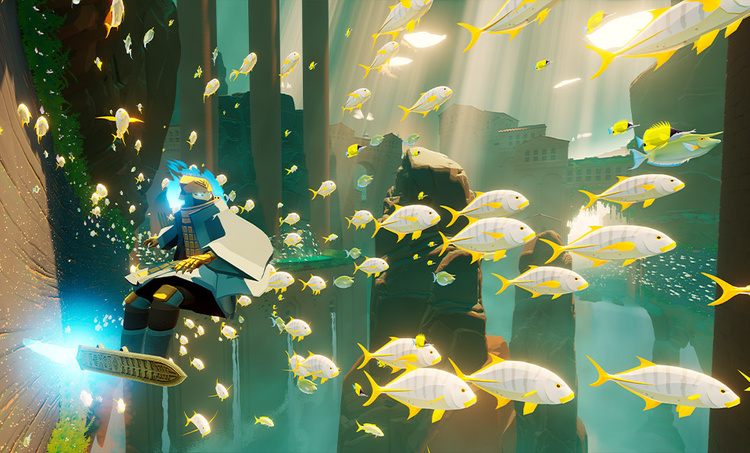
A World Built on Vibes and Atmosphere
Giant Squid games have always leaned on mood-driven design rather than conventional storytelling, and Sword of the Sea follows this tradition. Its world shifts between deserts, underwater ruins, icy caverns, and dreamlike arenas, each rendered in a way that feels both alien and familiar.
One moment you’re skating across dunes, the next you’re inside a temple where the architecture doubles as a skate bowl. These design choices aren’t just clever—they invite exploration and discovery. Treasure chests, hidden passages, and mysterious statues dot the landscape, rewarding players with cosmetic flourishes and mechanical upgrades like double jumps or new tricks.
The environmental design also ties into the game’s central theme of restoration and renewal. Activating nodes brings life back to barren areas, transforming dry sands into flowing aquatic spaces filled with marine life. It echoes the rejuvenating motifs of Abzû and the natural-world focus of The Pathless, grounding the game in a larger narrative of balance and beauty.
The Music: A Symphonic Soul to the Journey
The audio design deserves special recognition. Composed by Austin Wintory (of Journey fame), the soundtrack fuses orchestral movements with varied choirs and ambient layers. The music isn’t just background—it actively responds to player momentum and progression, swelling during fast downhill sections and quieting during meditative exploration.
This dynamic score ensures that every ride, flip, and glide feels like part of a grand performance. Just as Journey elevated simple mechanics through music, Sword of the Sea creates an emotional arc through sound, making even brief play sessions memorable.
Gameplay Variety and Surprising Depth
Though built around simplicity, Sword of the Sea introduces enough variety to avoid monotony. Platforming segments, environmental puzzles, and hidden arenas add layers of interaction. Discovering a halfpipe hidden in an ancient ruin feels surreal yet rewarding, inviting you to test your trick skills in bursts of playful freedom.
The game also rewards exploration with unlockables that subtly change the feel of movement. Unlike Giant Squid’s earlier titles, there’s a stronger emphasis on mechanical progression, giving players tangible incentives to push beyond the main path.
Despite this, the experience remains short and focused. On average, it takes about three to four hours to complete. This brevity is intentional—the game doesn’t overstay its welcome. Instead, it leaves players with vivid memories of color, flow, and music, much like an unforgettable concert or film.
Storytelling Without Words
True to Giant Squid’s ethos, Sword of the Sea tells its story without dialogue. Its narrative is expressed through visual cues, environmental changes, and musical crescendos. You awaken as a warrior tasked with restoring a lost world, but the details remain intentionally vague.
This vagueness isn’t a flaw—it’s a canvas for interpretation. Much like the opening of WALL·E or the quiet symbolism of Journey, the story resonates because it lets the player fill in emotional gaps. By the end, the combination of setting, art, and music creates a powerful emotional crescendo without a single spoken word.
Final Verdict: A Short but Sublime Ride
Sword of the Sea isn’t for everyone. Those seeking long campaigns, complex combat, or RPG-style progression may find it too slight. But for players who value beauty, flow, and emotional resonance, it’s an essential experience.
In just a few hours, it delivers a ride that feels both tranquil and exhilarating—a rare blend in modern gaming. It’s not about grinding for loot or chasing leaderboards; it’s about enjoying the act of play itself. In that sense, Sword of the Sea might be Giant Squid’s most polished and expressive work yet.
If Abzû was a meditative swim and The Pathless was a dance with nature, then Sword of the Sea is a symphony on a skateboard—beautiful, fleeting, and unforgettable.
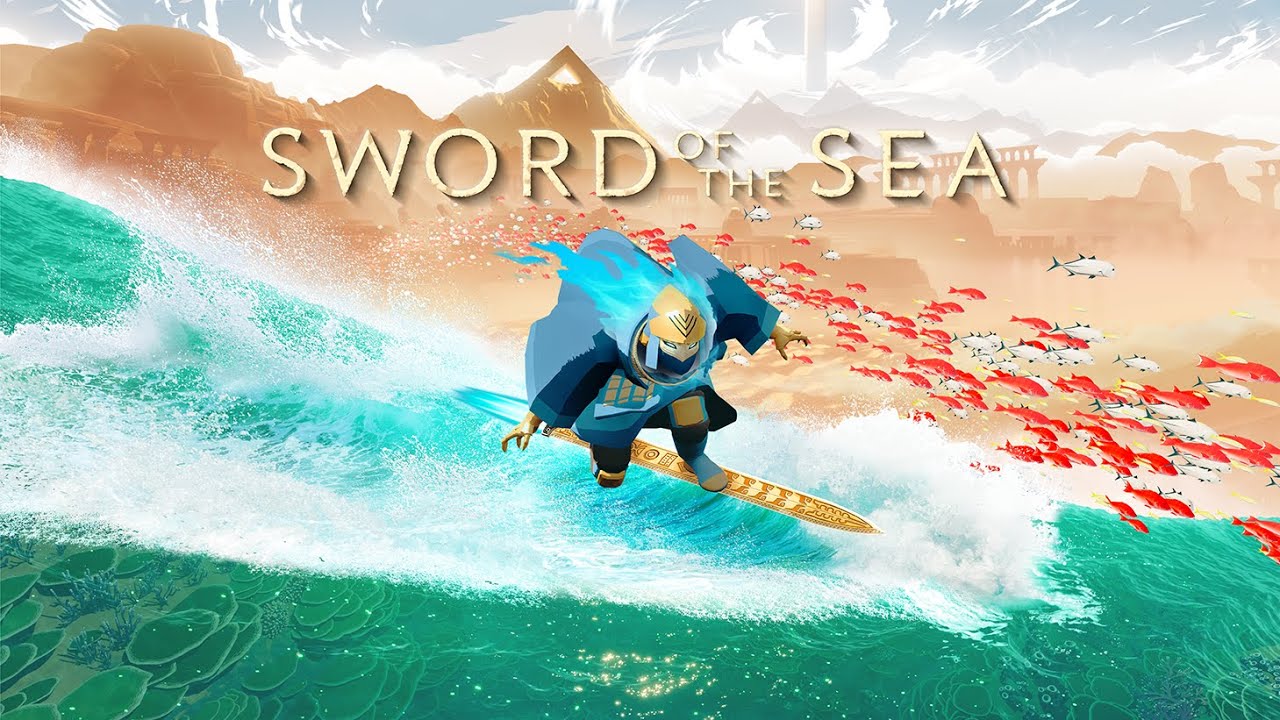

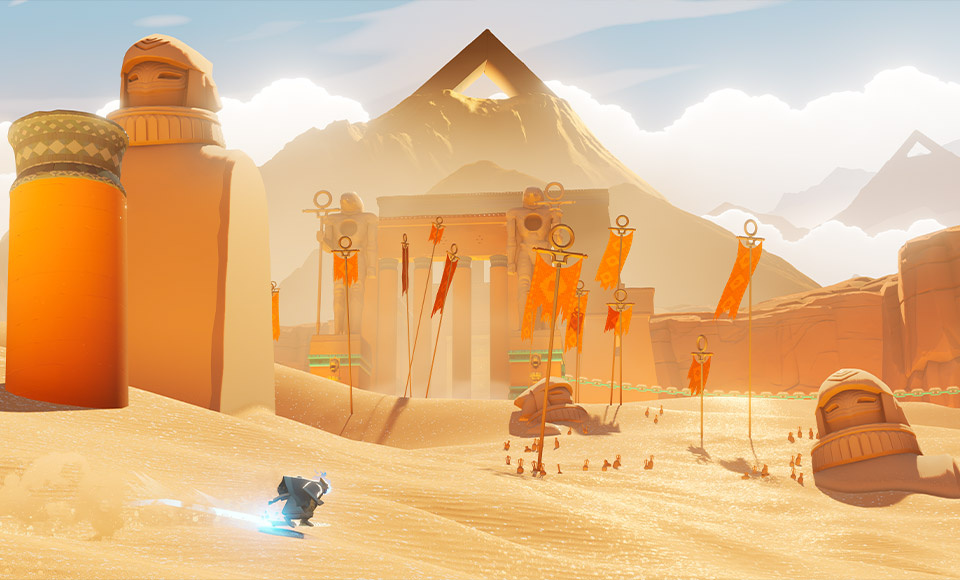
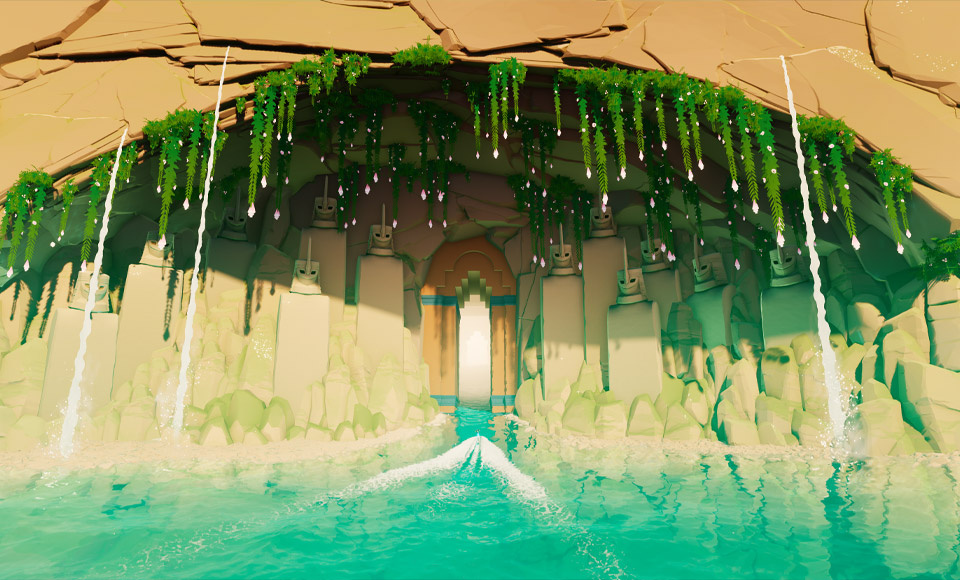

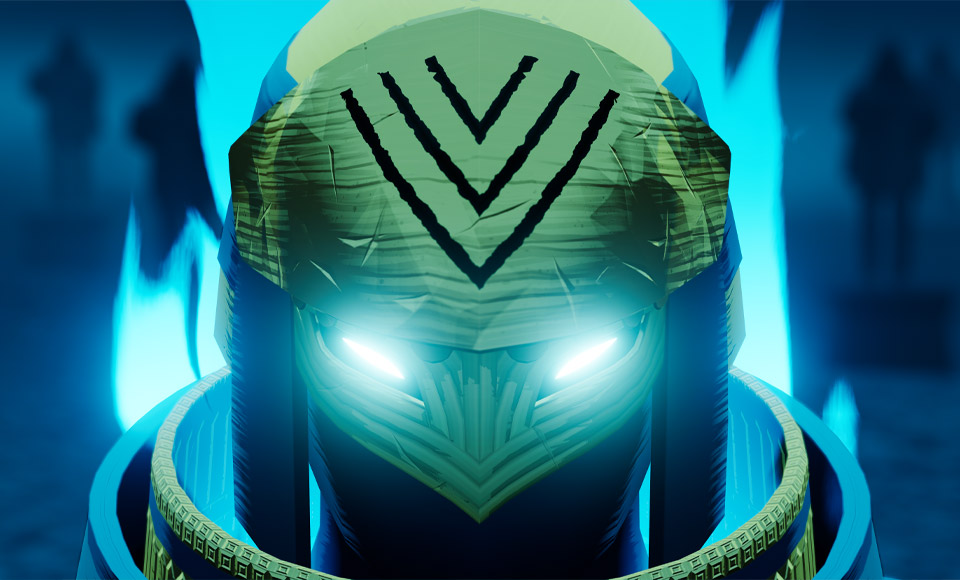


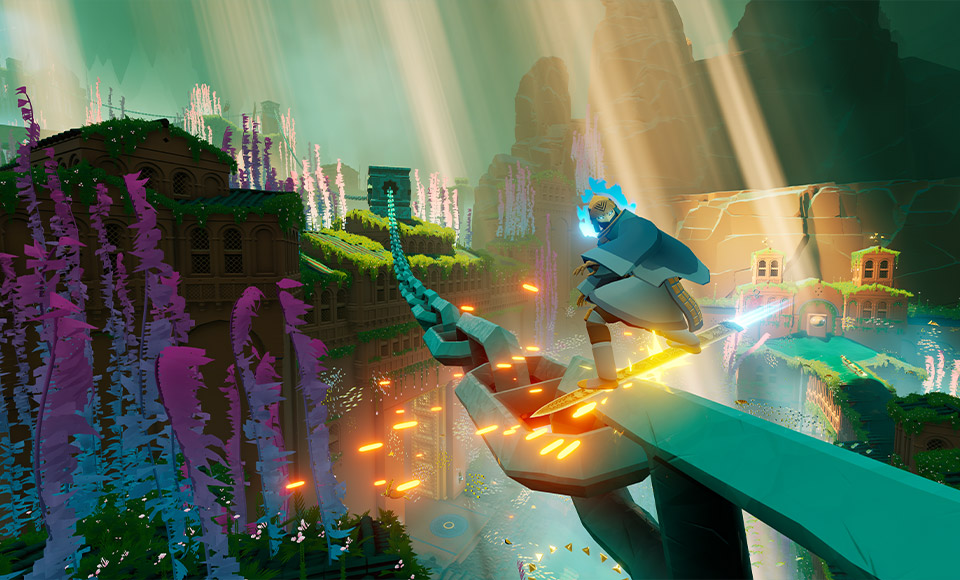
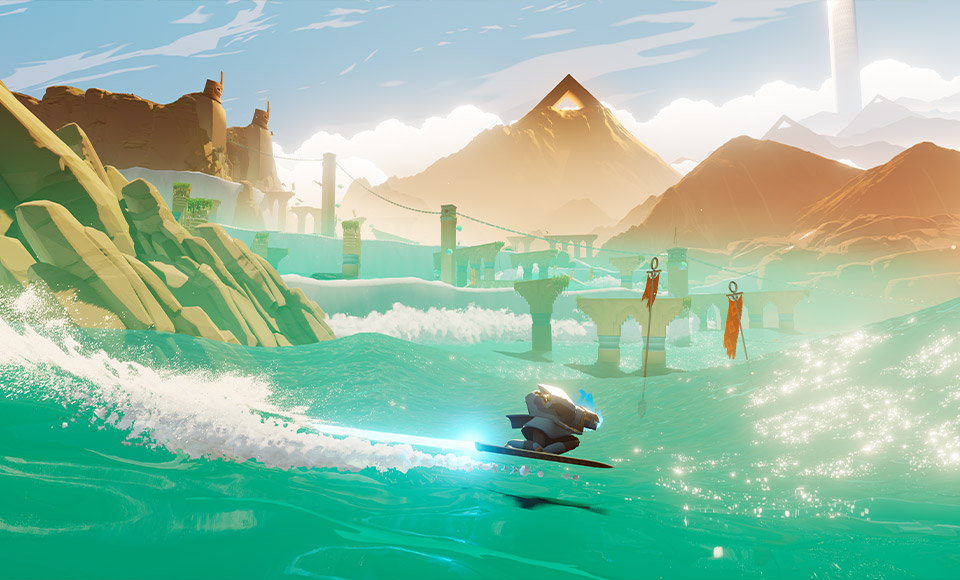
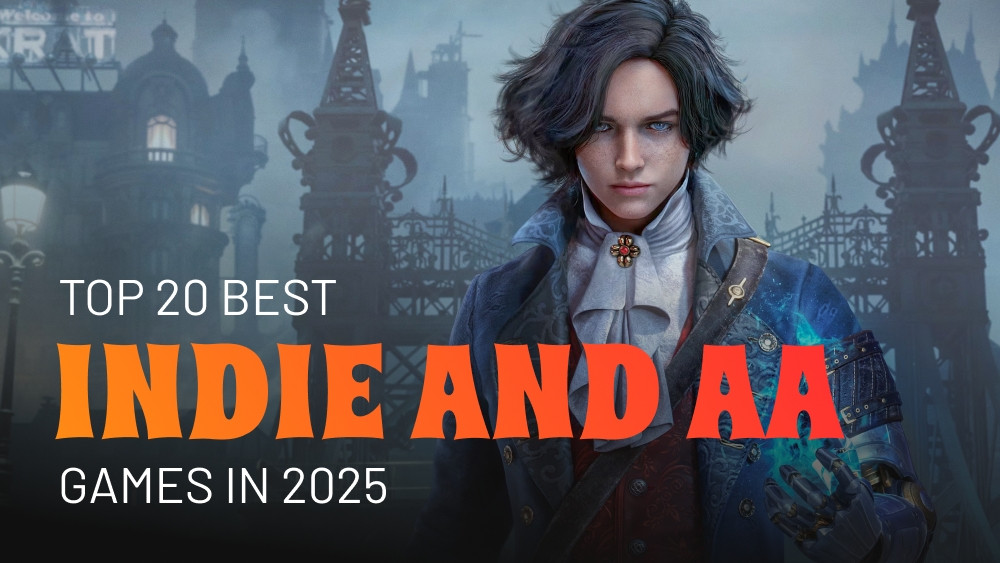









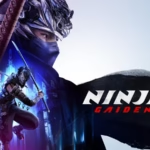
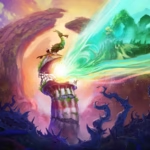








3 thoughts on “Sword of the Sea Review – A Mesmerizing Journey of Flow, Art, and Gameplay by Giant Squid”